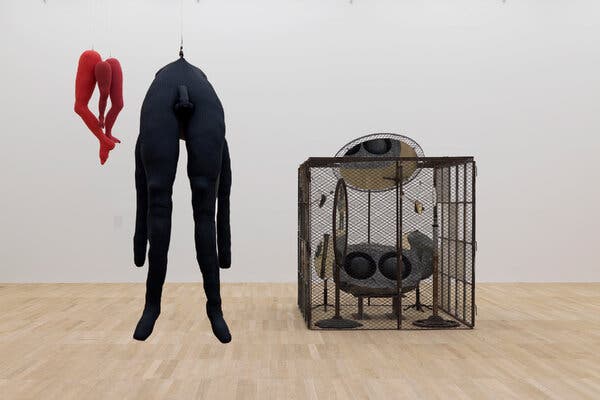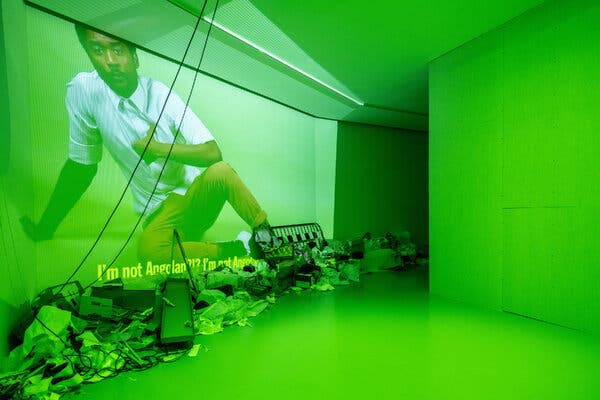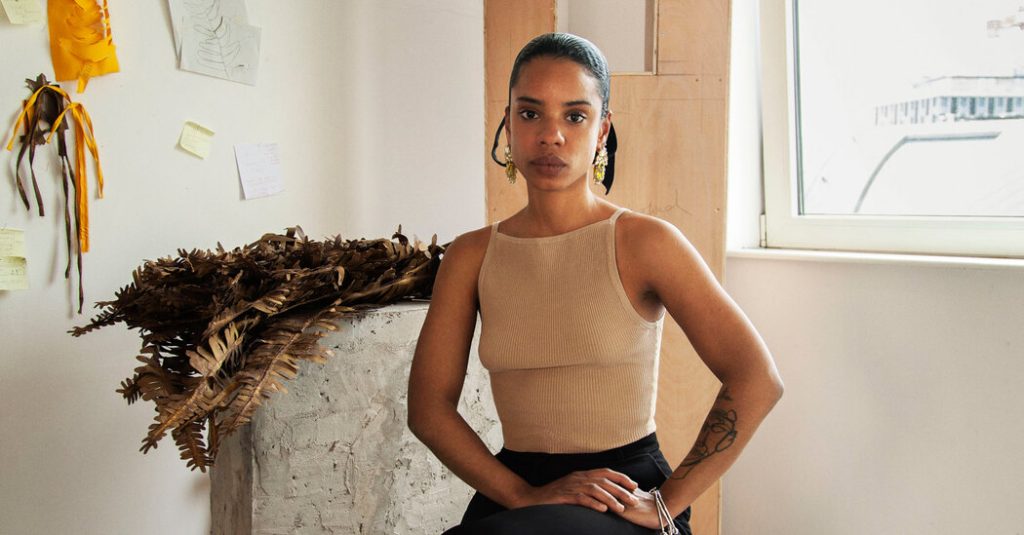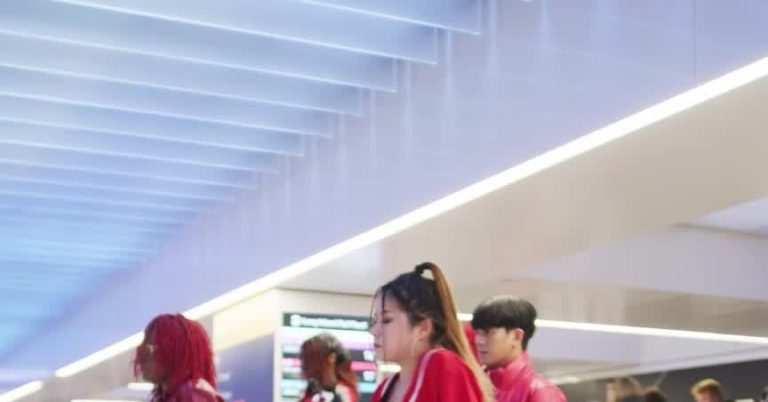In Solo Show, a new series from T Magazine, we ask Black artists to curate a list of three treasured works that they’ve encountered or made, and to reflect on how their practice connects to a broader art lineage.
Born in Lisbon and raised in Luanda,Angola,the interdisciplinary artist Sandra Poulson makes sculptures and installations that untangle the ongoing effects of neocolonialism. Poulson studied fashion design in Portugal and Britain, and originally considered herself a fashion “practitioner,” as she puts it. Now the artist — who was born in 1995, 20 years after Angolan independence — incorporates bright, monochromatic garments as well as concrete, soap, dust and wood into her works, carefully sourcing materials that are connected to everyday life in the country. This week, her first museum exhibition will open at MoMA PS1 in Long Island City, Queens, featuring a new installation of appropriated furniture and wood that alludes to the circulation of raw goods between Angola, the Netherlands and the rest of the world. Here, she discusses three artworks that are meaningful to her.

An installation view of (from left) Louise Bourgeois’s “Legs” (2001), “Single II” (1996) and “Cell (Eyes and Mirrors)” (1989-92) presented at “Artists Rooms: Louise Bourgeois” at the Tate Modern in 2016-17.Credit…© 2025 the Easton Foundation/licensed by VAGA at Artists Rights Society (ARS), N.Y. Photo: Tate
The first work that inspired her
Louise Bourgeois’s “Legs” (2001)
The first time I saw this piece was in an “Artist Rooms” exhibition at Tate Modern in 2016, when I first moved to London. It’s probably the first fabric-based work I’d seen that I didn’t consider textile art. I knew it was sculpture, and the seriousness it commanded was something I aspired to. At the time, I was making drawings and mixed-media work, and I was being trained to master fabric at London College of Fashion and Central Saint Martins. Seeing [“Legs” and other fabric pieces in that exhibition], I realized that making a sculpture didn’t necessarily mean I had to work with plaster, steel or wood. This was revolutionary for me.

An installation view of Nastio Mosquito’s “Demo da Cracía” (2013), at “King of Klowns,” at M HKA in Antwerp, Belgium, in 2024.Credit…© Nástio Mosquito. Photo: Christine Clinckx
A work she returns to again and again


















